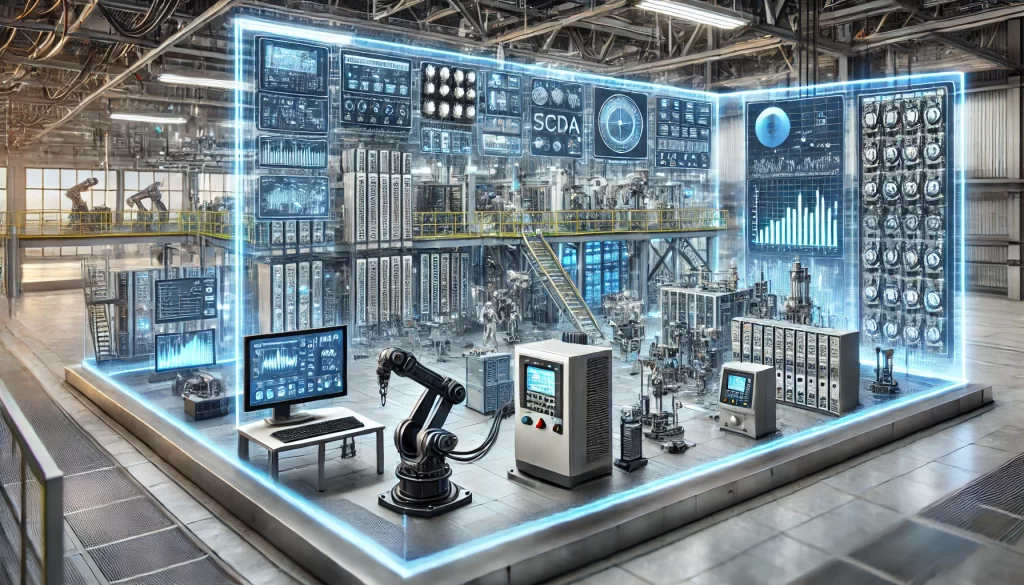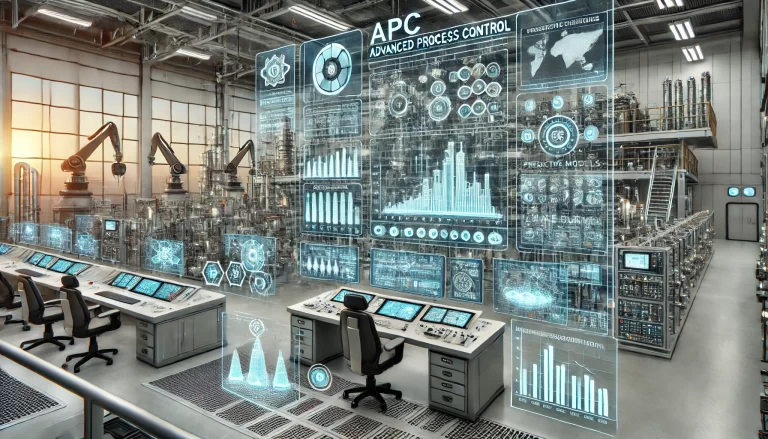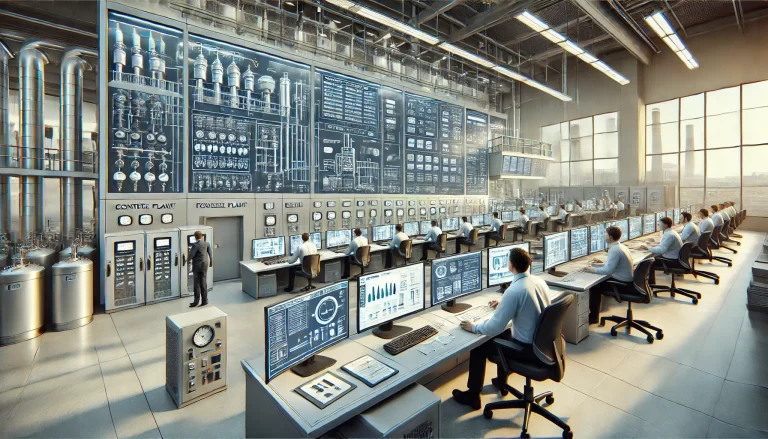Introduction
In most industrial plants, numerous control loops are already in place before the implementation of advanced control projects. Some of these loops operate efficiently, others require occasional manual intervention, and a few cannot be switched to automatic mode. It is crucial to optimize these loops—including PID parameter tuning and plan refinement—but not all loops necessarily need to be retained.
Handling Basic Control Loops During Advanced Control Projects
When implementing advanced control systems, handling the underlying basic control loops involves several approaches:
Adjusting Setpoints in Cascade Primary Loops: The setpoints of basic control loops are modified to align with advanced control strategies.
Manual Operation of Unreasonable Basic Loops: Advanced control directly manipulates the controller output for loops that cannot function properly.
Adding New Control Loops: This reduces the computational load on advanced control systems.

The principle is straightforward: if an issue can be resolved at the lower level, it should not escalate to higher-level decision-making. Fully automating basic control loops simplifies the design of advanced control systems. Retaining functional basic control loops allows advanced control to optimize performance by coordinating setpoints rather than directly controlling all actuators. Overloading advanced control with all decision-making is neither effective nor economical.
The Role of Operators and Automated Systems
Even though technical staff can handle complex tasks, it is better to delegate straightforward operations to operators. A clear, simple operational strategy—achievable by designing appropriate control strategies in a DCS (Distributed Control System)—can often suffice. When variables are few and control logic is simple, advanced control may not be necessary. Instead, tuning PID parameters can resolve most issues without resorting to advanced control solutions.
Managing Complex Multivariable Systems
When dealing with inherently multivariable systems or poorly designed basic control loops, designing a refined PID-based control scheme can often be more costly. Variable switching, whether for manipulated or controlled variables, adds complexity to PID-based solutions. Poor analysis or insufficient technical expertise can lead to ineffective and unsafe control systems.
For example, consider the challenge of controlling the flow rates of FIC1 and FIC2 while preventing equipment damage due to low flow (pump cavitation). A practical solution involves:
Using valve position control to manage Valve 3 while retaining FIC1 and FIC2.
Alternatively, adopting a multivariable control approach where Valves 1, 2, and 3 are coordinated to achieve flow control.

Advanced control systems can easily implement both strategies. If nested control is used, the outputs of FIC1 and FIC2 serve as controlled variables, while Valve 3 acts as the manipulated variable. For multivariable control, FT1 and FT2 become controlled variables, while Valves 1, 2, and 3 act as manipulated variables. Each method has its advantages—nested control depends on FIC1 and FIC2 functioning properly, while multivariable control offers greater flexibility.
Retaining and Refining Basic Control Loops
In general, retain and refine basic control loops unless they are too complex or inherently flawed. If a control plan is lacking, deciding whether to add new loops or integrate the task into advanced control requires comprehensive evaluation. When the control plan is too complex, difficult to implement, or lacks confidence, advanced control becomes the preferred option. Conversely, for simpler tasks with sufficient technical expertise and no advanced control constraints, PID-based solutions are ideal.
Cost Considerations
The decision to implement a control plan in DCS or APC (Advanced Process Control) systems is largely driven by cost considerations. Having both DCS and APC allows flexibility in selecting the most suitable platform. For continuous production processes, increasing automation pathways is often cost-effective. However, for systems with fewer multivariable control issues or those requiring frequent manual intervention, advanced control may offer a low cost-benefit ratio. For batch operations, sequential control is often preferred.

Final Thoughts
Practical and flexible decision-making is key to control system design. Advanced control offers a standardized, flexible solution to many control challenges, especially in continuous production processes. However, it should not replace basic control loops that can operate effectively with proper PID tuning. By optimizing basic control systems and strategically leveraging advanced control, plants can achieve higher efficiency and reduced operational effort.
